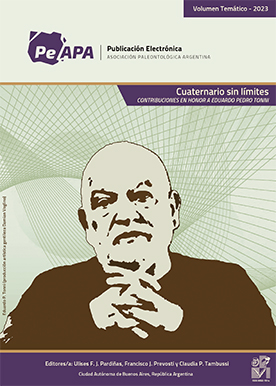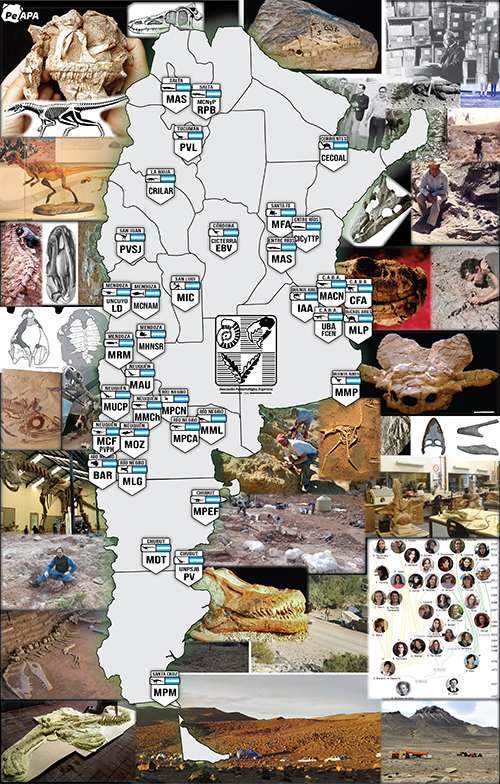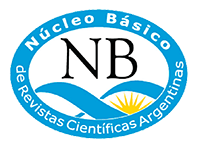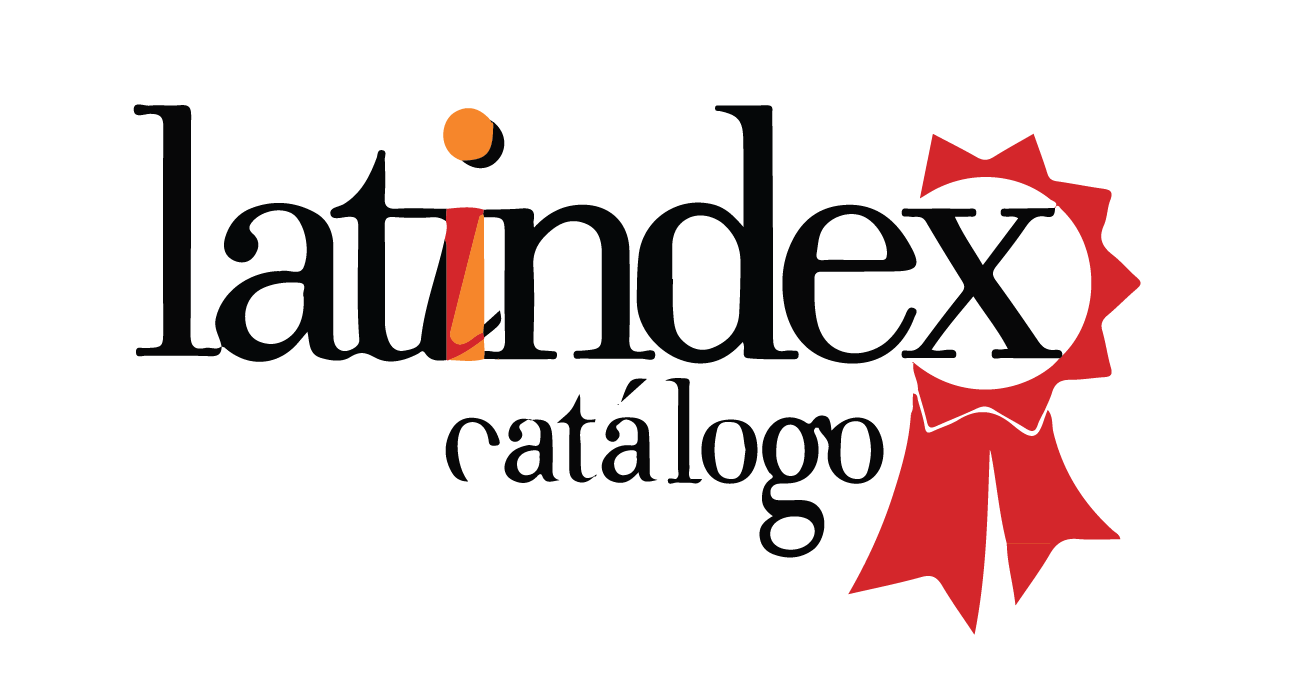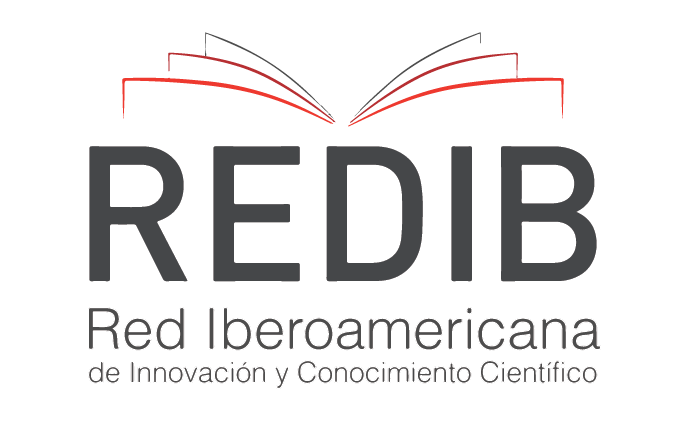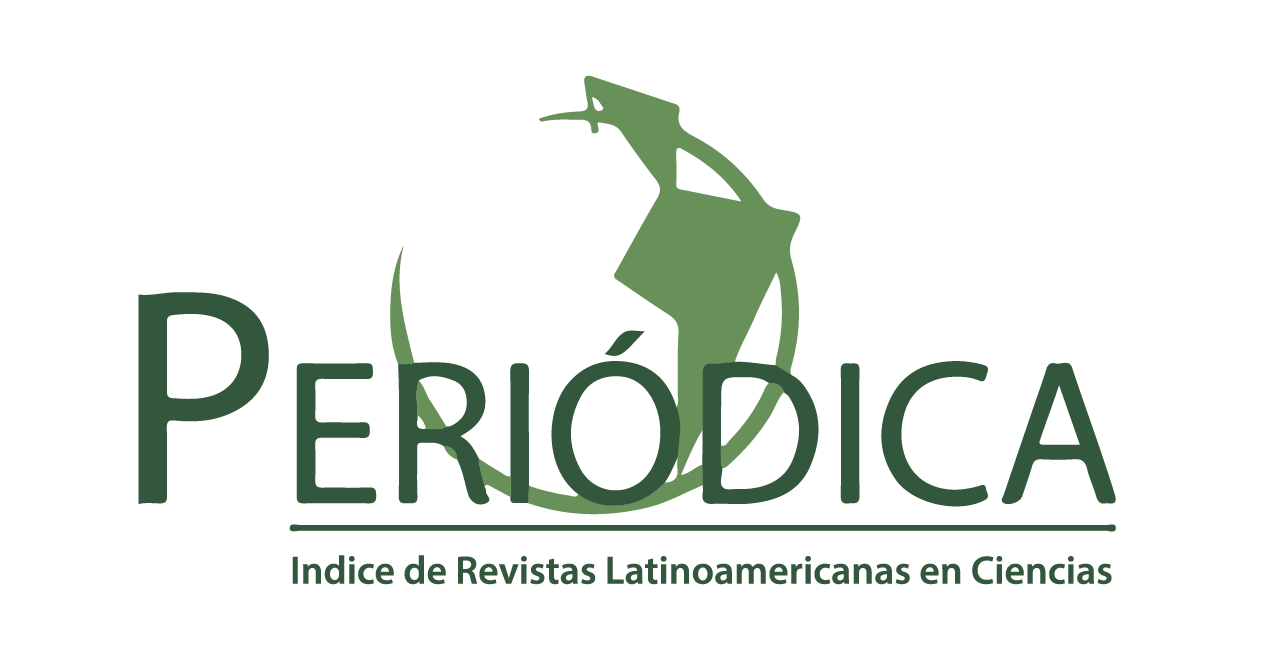REPTILES FROM LATE CRETACEOUS COASTAL ENVIRONMENTS OF NORTHERN PATAGONIA
Abstract
Toward the end of the Cretaceous the Atlantic Ocean covered parts of central-western Patagonia forming a wide archipelago. Remains of terrestrial and marine reptiles have been recorded in the Campanian and Maastrichtian of this area in rocks that represent coastal or marginal marine environments. These taphocenoses are especially interesting because they include taxa not only of different environmental requirements, but also of different biogeographical backgrounds. The presence of a wide archipelago is a plausible explanation of the association recorder, such as plesiosaurs with continental chelids, boids and dinosaurs (e.g., La Colonia, Chubut; Ranquil-Có, Mendoza), or plesiosaurs and mosasaurs with chelids (e.g., Lui-Malal, Mendoza). From a paleobiogeographic point of view, some taxa have mainly south Gondwanan distribution (chelids, meiolanids, the plesiosaur Aristonectes Cabrera), others taxa are related to North American taxa (the plesiosaur Sulcusuchus Gasparini and Spalletti, hadrosaurid dinosaurs); and still others were cosmopolitan toward the end of the Mesozoic (elasmosaurids and mosasaurines).
KEY WORDS. Reptiles. Coastal environments. Late Cretaceous. Patagonia.
Downloads
Published
Issue
Section
License

Authors retain copyright and grant the journal right of first publication with the work simultaneously licensed under a CC Attribution-NonCommercial 4.0 that allows others to share the work with an acknowledgement of the work's authorship and initial publication in this journal.







